Beginner’s Guide to SOC2 Audit: Steps, Requirements & Best Practices
- Nitin Yadav
- Knowledge
About
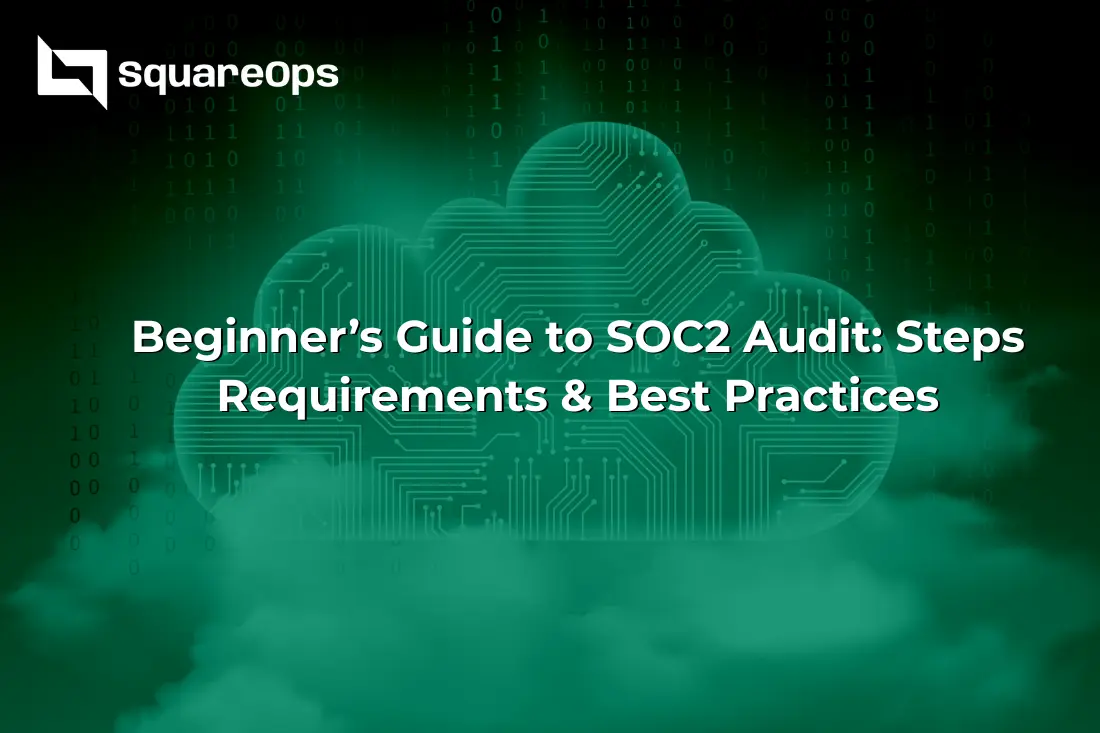
Learn what a SOC2 audit is, key steps, costs, and Trust Services Criteria. Discover how SquareOps helps SaaS startups streamline SOC2 compliance and pass audits faster
Industries
- AWS, CI/CD Pipelines, Cloud Security, DevOps, DevOps consulting, DevSecOps, Kubernetes, Terraform
Share Via
With data breaches and compliance violations on the rise, customers demand transparency and assurance when it comes to data security. For SaaS companies and cloud-native service providers, SOC2 has become the de facto standard to prove operational security and build trust.
In this comprehensive guide, we demystify what SOC2 audit means, why it matters, the different types, how to prepare, and how companies like SquareOps help streamline compliance.
What is a SOC2 Audit?
SOC2 (System and Organization Controls Type 2) is an auditing procedure that evaluates how a service provider manages customer data based on five Trust Services Criteria:
- Security
- Availability
- Processing Integrity
- Confidentiality
- Privacy
SOC2 is issued by the American Institute of CPAs (AICPA) and focuses on non-financial reporting controls relevant to these criteria. It validates that a company securely manages data to protect the privacy and interests of its clients.
Who Needs SOC2?
SOC2 audits are especially relevant for:
- SaaS companies
- Cloud infrastructure providers
- Managed service providers
- API-first startups handling user data
- Fintech, Healthtech, and LegalTech platforms
Essentially, if you manage or process any form of customer data in the cloud, SOC2 is not just beneficial—it’s expected.
SOC1 vs SOC2 vs SOC3
- SOC1: Focuses on financial reporting controls. Typically for payroll or billing companies.
- SOC2: Evaluates controls around data security, availability, and privacy. Most relevant for SaaS.
- SOC3: Similar to SOC2 but less detailed. Used as a public-facing report.
Trust Services Criteria Explained
- Security (Mandatory): Protection against unauthorized access (logical and physical).
- Availability: Systems are available for operation and use as agreed.
- Processing Integrity: Data processing is complete, valid, accurate, and timely.
- Confidentiality: Information designated as confidential is protected.
- Privacy: Personal information is collected, used, retained, disclosed, and disposed of appropriately.
Companies can choose the criteria based on their business and client requirements. Security is mandatory; others are optional.
SOC2 Type I vs Type II
Feature | SOC2 Type I | SOC2 Type II |
Focus | Design of controls | Operational effectiveness of controls |
Timeline | Shorter (1–2 months) | Longer (3–6 months or more) |
Report Covers | A point in time | A period of time (3–12 months) |
Best For | First-time audit, early-stage companies | Mature companies with ongoing compliance |
Startups often begin with Type I and graduate to Type II.
SOC2 Audit Process (Step-by-Step)
Gap Assessment & Readiness Check
- Conduct a SOC2 readiness assessment
- Identify missing controls and high-risk areas
- Prioritize remediation steps
Define Scope
- Choose relevant Trust Services Criteria
- Identify infrastructure, apps, tools, people in scope
Implement Controls & Policies
- Access control policies
- Encryption in transit & at rest
- Vendor management policies
- Incident response playbooks
Internal Audit or Consultant Review
- Engage external consultants like SquareOps
- Mock audits to check control effectiveness
External Audit by CPA Firm
- Engage a licensed auditor
- Submit required evidence and walkthroughs
- Auditor tests control design (Type I) or operation (Type II)
Get Final SOC2 Report
- Receive report in 2–8 weeks
- Share with customers and partners
Ongoing Monitoring
- Track controls continuously
- Conduct annual reassessments
- Use automation tools for alerts and drift detection
Common Challenges in SOC2 Audits
- Lack of documentation
- Shadow IT & unapproved tools
- Limited visibility into cloud infrastructure
- Over-reliance on manual processes
- Inconsistent logging or access tracking
Timeline & Cost Breakdown
Element | Type I Estimate | Type II Estimate |
Timeline | 4–6 weeks | 3–6 months |
Internal Preparation Cost | $5K–$20K | $10K–$30K |
External Audit Fees | $10K–$40K | $20K–$75K |
Tooling (Optional) | $3K–$10K annually | Same |
SquareOps provides bundled packages that reduce both internal effort and tooling cost with expert advisory.
How SquareOps Supports SOC2 Readiness
- Conducts SOC2 readiness assessments
- Builds control implementation plans
- Helps automate policies via CI/CD pipelines
- Maps your tools (AWS, GCP, GitHub, etc.) to audit controls
- Supports documentation and evidence collection
- Connects you with trusted CPA auditors
Conclusion
SOC2 isn’t just a checkbox — it’s a competitive advantage. Companies with a SOC2 report signal operational maturity, customer trust, and security rigor.
Whether you’re a startup scaling rapidly or an enterprise securing new deals, a structured SOC2 approach with the right guidance can make the process efficient and stress-free.
Ready to start your SOC2 journey? Contact SquareOps for a free SOC2 readiness consultation.
Frequently asked questions
A SOC2 audit assesses a company’s systems for securely handling customer data, based on five Trust Services Criteria set by the AICPA.
SaaS providers, cloud platforms, Fintechs, and any business that handles customer data in the cloud should undergo a SOC2 audit
SOC1 focuses on financial controls, SOC2 on data security and privacy, and SOC3 is a simplified version of SOC2 for public sharing.
Type I evaluates controls at a single point in time, while Type II tests operational effectiveness over a period (usually 3–12 months).
SOC2 Type I takes about 4–6 weeks. Type II can take 3–6 months, depending on control implementation and evidence collection.
SOC2 Type I typically costs between $10K–$40K, and Type II ranges from $20K–$75K, excluding internal prep and tooling costs.
The Security criterion is mandatory. Availability, Processing Integrity, Confidentiality, and Privacy are optional based on your scope
Conduct a gap assessment, define the audit scope, implement necessary controls, and engage experts or auditors for review.
No, SOC2 isn’t legally required, but it’s a widely accepted standard for proving data security to customers and partners
SquareOps offers SOC2 readiness consulting, automates control implementation, helps with documentation, and connects clients with auditors.
Related Posts
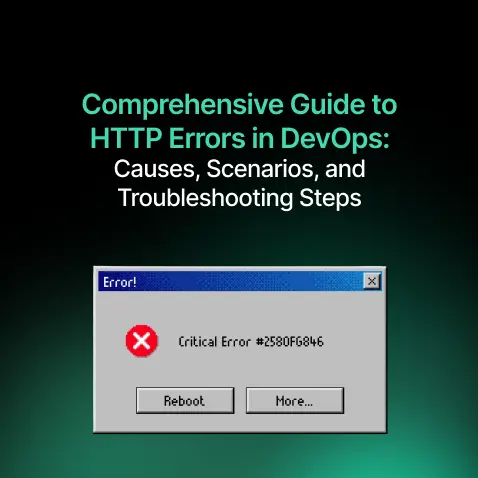
Comprehensive Guide to HTTP Errors in DevOps: Causes, Scenarios, and Troubleshooting Steps
- Blog
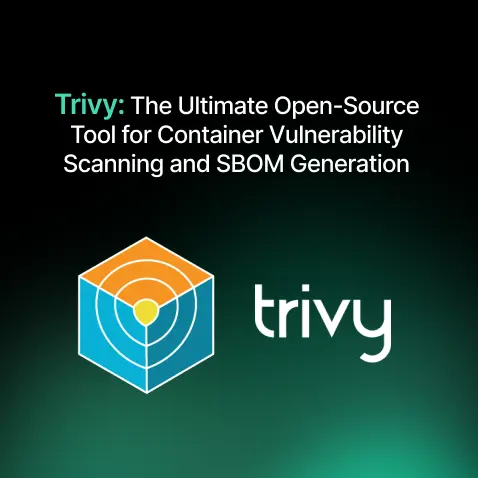
Trivy: The Ultimate Open-Source Tool for Container Vulnerability Scanning and SBOM Generation
- Blog
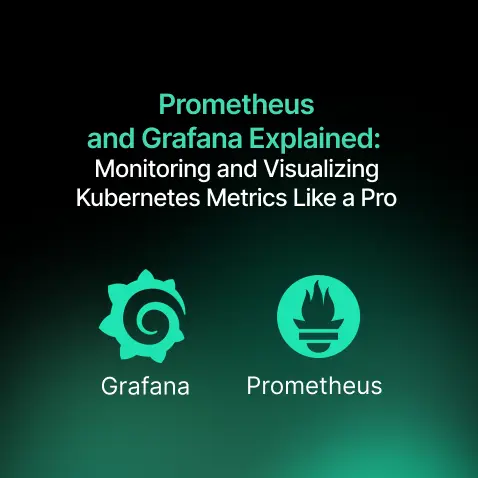
Prometheus and Grafana Explained: Monitoring and Visualizing Kubernetes Metrics Like a Pro
- Blog
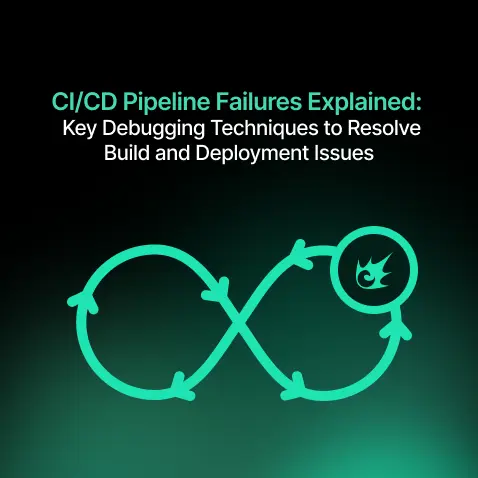
CI/CD Pipeline Failures Explained: Key Debugging Techniques to Resolve Build and Deployment Issues
- Blog

DevSecOps in Action: A Complete Guide to Secure CI/CD Workflows
- Blog
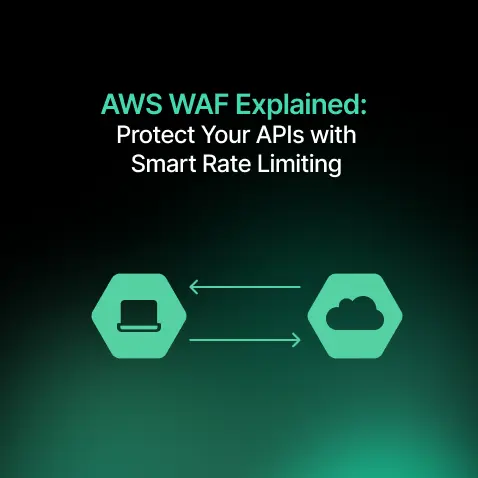
AWS WAF Explained: Protect Your APIs with Smart Rate Limiting
- Blog

